Home>Furniture & Design>Interior Design Trends>What Frequency Does Glass Break
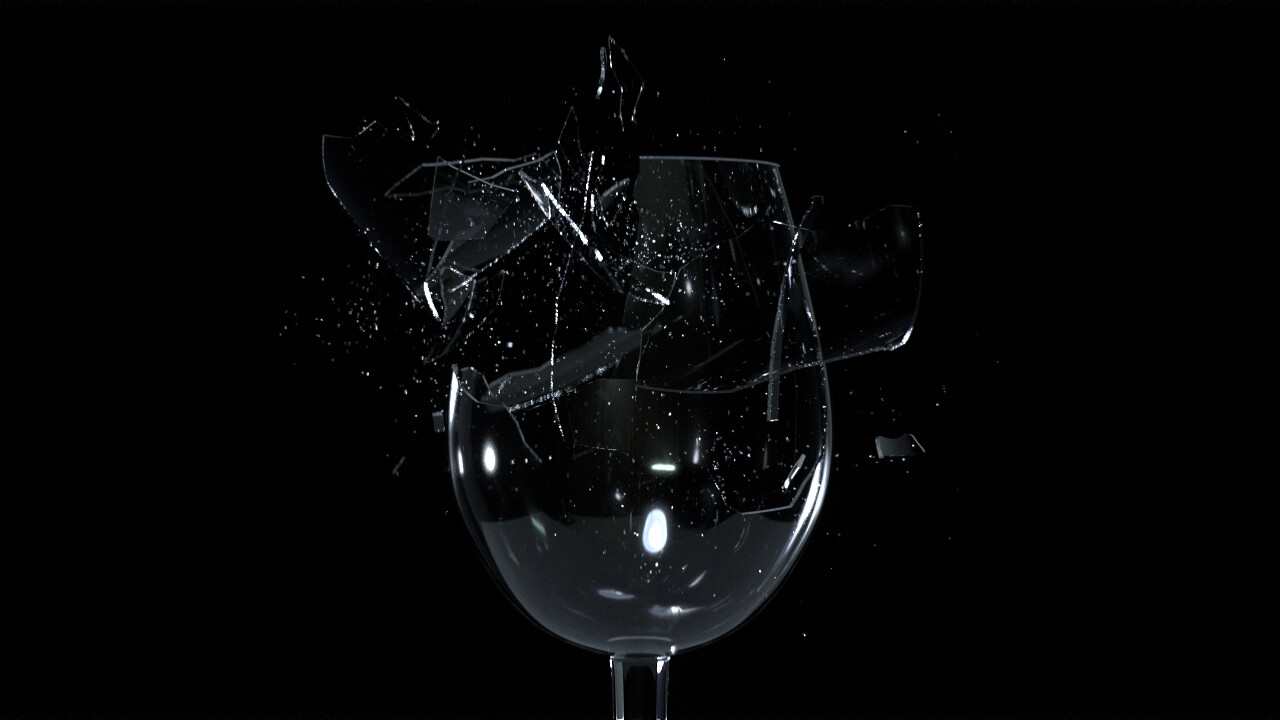

Interior Design Trends
What Frequency Does Glass Break
Published: February 7, 2024
Discover the latest interior design trends and learn about the frequency at which glass breaks. Explore tips for incorporating safety measures into your design.
(Many of the links in this article redirect to a specific reviewed product. Your purchase of these products through affiliate links helps to generate commission for Storables.com, at no extra cost. Learn more)
Introduction
Glass is a ubiquitous material that adds elegance and functionality to our living spaces. From sleek windows that invite natural light into our homes to stunning glassware that adorns our tables, this versatile material plays a pivotal role in interior design. Have you ever wondered about the frequency at which glass breaks? The science behind glass breakage is a fascinating subject that delves into the intricate properties of this transparent material.
Understanding the factors that influence the frequency of glass breakage is crucial for homeowners, interior designers, and architects alike. By unraveling the mysteries of glass breakage, we can make informed decisions about the types of glass to use in various settings, ensuring both safety and aesthetic appeal.
In this article, we will embark on a captivating journey into the world of glass breakage, exploring the scientific principles that govern this phenomenon. We will delve into the factors that influence the frequency of glass breakage, shedding light on the intricate interplay of material properties, environmental conditions, and human factors. By the end of this exploration, you will gain a deeper appreciation for the complexities of glass breakage and its implications for interior design and everyday living.
Join me as we unravel the mysteries of glass breakage and gain valuable insights into this essential aspect of interior design. Let's embark on this enlightening journey into the captivating world of glass breakage frequency.
Key Takeaways:
- Glass breakage frequency is influenced by material composition, thickness, environmental factors, installation, human interactions, and safety measures. Understanding these factors helps create safer and more durable interior spaces.
- Tempered glass, proper installation, and maintenance, and safety measures like laminated glass can reduce the risk of glass breakage incidents, enhancing safety and aesthetic appeal in interior design.
Read more: What Frequency Breaks Glass
The Science of Glass Breakage
Glass breakage is a captivating phenomenon rooted in the intricate properties of this transparent material. At its core, the science of glass breakage encompasses a delicate interplay of structural integrity, material composition, and external forces. Understanding the underlying scientific principles behind glass breakage is essential for comprehending its frequency and implications in interior design.
The molecular structure of glass plays a pivotal role in its propensity to break. Unlike crystalline materials, glass lacks a regular, repeating atomic structure. Instead, its atoms are arranged in an amorphous, disordered fashion, lending it unique properties such as transparency and malleability. However, this lack of a crystalline structure also renders glass more susceptible to breakage when subjected to stress.
When external forces act upon glass, such as impact or thermal stress, they disrupt the delicate balance of forces within the material. This disturbance triggers the propagation of cracks, ultimately leading to fracture and breakage. The propagation of cracks in glass follows intricate fracture mechanics principles, influenced by factors such as stress concentration, flaw size, and material homogeneity.
Moreover, the thickness and quality of glass significantly impact its breakage frequency. Thin, tempered glass, commonly used in modern interior design, is engineered to break into small, relatively harmless fragments upon fracture. This safety feature is achieved through controlled thermal or chemical treatments that induce compressive stresses on the glass surface, enhancing its resistance to breakage.
Furthermore, the environmental conditions to which glass is exposed can influence its propensity to break. Fluctuations in temperature, such as rapid heating or cooling, can induce thermal stress within the glass, potentially leading to breakage. Additionally, external factors like wind pressure and seismic activity can exert dynamic loads on glass structures, affecting their susceptibility to breakage.
In essence, the science of glass breakage is a captivating fusion of material science, mechanics, and environmental influences. By unraveling the intricate scientific principles governing glass breakage, we can gain valuable insights into its frequency and take informed measures to enhance safety and durability in interior design applications.
The frequency at which glass breaks can vary, but it is typically around 20,000 to 30,000 hertz. This is in the ultrasonic range, which is higher than what the human ear can hear.
Factors Affecting Glass Breakage Frequency
-
Material Composition: The composition of glass significantly influences its propensity to break. Different types of glass, such as annealed, tempered, laminated, and wired glass, exhibit varying degrees of resistance to breakage. Tempered glass, for instance, undergoes a controlled thermal or chemical treatment process, enhancing its strength and making it more resistant to breakage compared to traditional annealed glass.
-
Thickness and Quality: The thickness and quality of glass play a pivotal role in determining its breakage frequency. Thicker glass panels, particularly those engineered for structural applications, exhibit greater resistance to breakage compared to thinner counterparts. Additionally, the quality of the glass, including the presence of surface flaws and internal imperfections, can impact its susceptibility to breakage.
-
Environmental Factors: Environmental conditions, such as temperature fluctuations, wind pressure, and seismic activity, can significantly affect the frequency of glass breakage. Rapid changes in temperature can induce thermal stress within the glass, potentially leading to breakage. Wind pressure exerted on glass facades and windows, especially in high-rise buildings, can contribute to dynamic loads that influence breakage frequency. Similarly, seismic events can subject glass structures to intense vibrations, impacting their susceptibility to breakage.
-
Installation and Maintenance: The manner in which glass is installed and maintained can influence its breakage frequency. Improper installation, such as inadequate support or structural misalignment, can create localized stress concentrations, increasing the risk of breakage. Regular maintenance, including inspections for surface damage and structural integrity, is essential for identifying potential weaknesses that could lead to breakage over time.
-
Human Factors: Human activities and interactions with glass elements in interior spaces can also impact breakage frequency. Accidental impacts, such as collisions with furniture or other objects, can cause localized stress on glass surfaces, potentially leading to breakage. Understanding human behavior and designing spaces to mitigate potential impact scenarios can contribute to reducing the frequency of glass breakage incidents.
-
Safety Measures: Incorporating safety features, such as tempered or laminated glass, in interior design applications can mitigate the consequences of breakage. Tempered glass, designed to break into small, relatively harmless fragments upon fracture, enhances safety in residential and commercial settings. Similarly, laminated glass, composed of interlayered materials that hold the glass together upon breakage, provides added protection against breakage-related hazards.
In essence, the frequency of glass breakage is influenced by a myriad of factors, encompassing material properties, environmental conditions, installation practices, human interactions, and safety measures. By comprehensively considering these factors in interior design and architectural applications, stakeholders can make informed decisions to enhance the safety, durability, and aesthetic appeal of glass elements within built environments.
Conclusion
In conclusion, the frequency of glass breakage is a multifaceted phenomenon shaped by the intricate interplay of material properties, environmental influences, human factors, and safety considerations. The scientific principles governing glass breakage, rooted in the unique molecular structure of glass and its response to external forces, provide valuable insights into the factors influencing breakage frequency.
Material composition, encompassing the types of glass used in interior design applications, significantly impacts breakage frequency. Tempered glass, engineered to enhance strength and safety, exhibits greater resistance to breakage compared to traditional annealed glass. Additionally, the thickness and quality of glass play pivotal roles in determining its susceptibility to breakage, with thicker, high-quality panels demonstrating enhanced resistance.
Environmental factors, including temperature fluctuations, wind pressure, and seismic activity, exert dynamic influences on glass structures, affecting their propensity to break. Understanding and mitigating these environmental stressors are essential for enhancing the durability and safety of glass elements within built environments.
Furthermore, the installation, maintenance, and human interactions with glass elements directly influence breakage frequency. Proper installation practices, regular maintenance, and an understanding of human behavior in interior spaces are crucial for minimizing the risk of glass breakage incidents. Incorporating safety measures, such as tempered and laminated glass, serves as a proactive approach to mitigating the consequences of breakage and enhancing overall safety.
By comprehensively considering these factors, stakeholders in interior design, architecture, and construction can make informed decisions to optimize the safety, durability, and aesthetic appeal of glass elements within residential, commercial, and institutional settings. The integration of advanced glass technologies, innovative design approaches, and proactive safety measures can collectively contribute to reducing the frequency of glass breakage incidents and enhancing the overall quality of built environments.
In essence, the frequency of glass breakage is a multifaceted aspect of interior design and architecture that demands a holistic understanding of material science, environmental dynamics, human behavior, and safety engineering. By embracing this comprehensive perspective, stakeholders can navigate the complexities of glass breakage frequency and foster environments that prioritize safety, resilience, and timeless elegance.
The captivating world of glass breakage frequency invites us to explore the delicate balance between scientific principles, design ingenuity, and human well-being, shaping a future where glass elements harmoniously coexist with the built environment, enriching our lives with transparency, luminosity, and enduring beauty.
Frequently Asked Questions about What Frequency Does Glass Break
Was this page helpful?
At Storables.com, we guarantee accurate and reliable information. Our content, validated by Expert Board Contributors, is crafted following stringent Editorial Policies. We're committed to providing you with well-researched, expert-backed insights for all your informational needs.

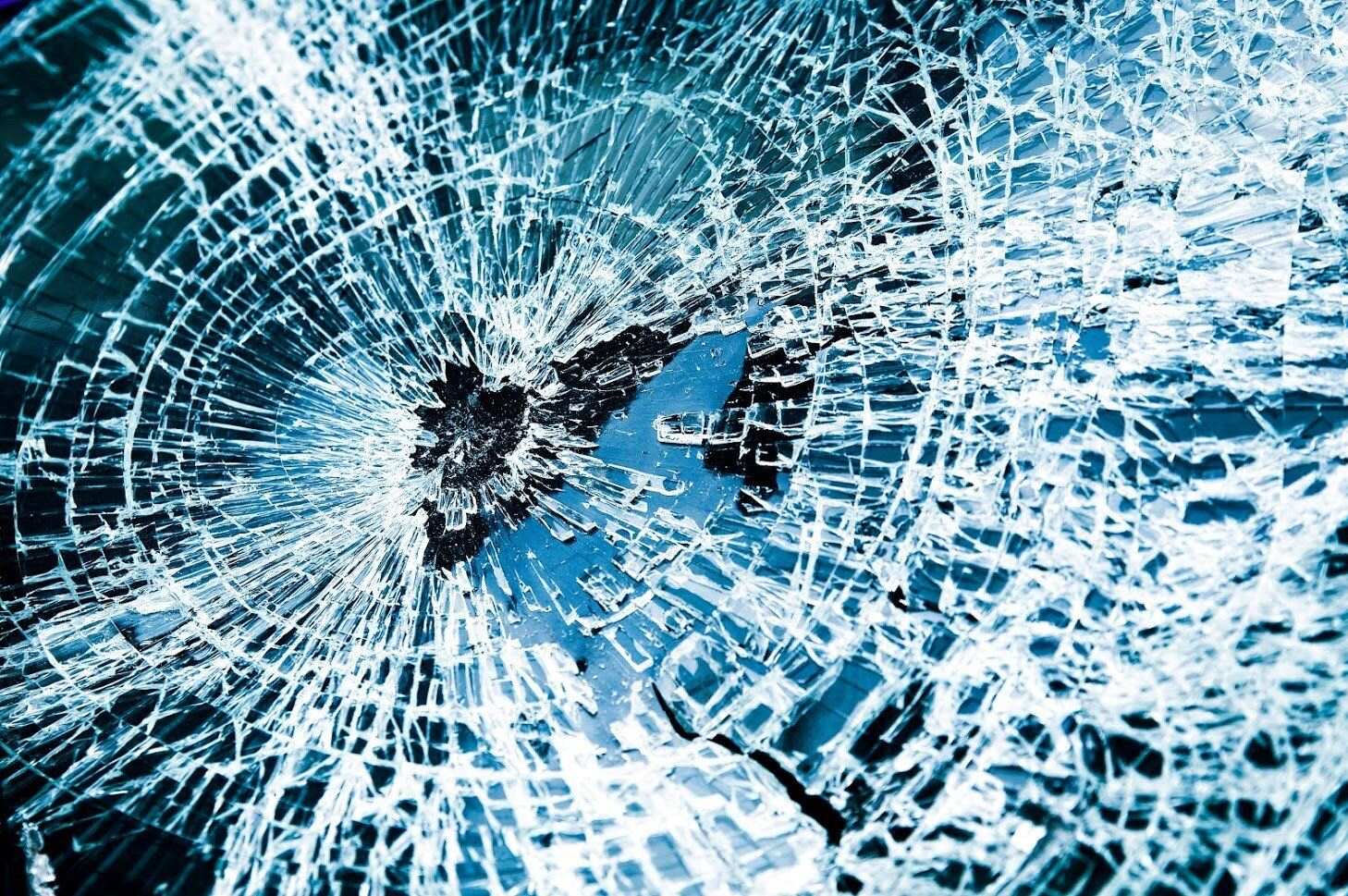
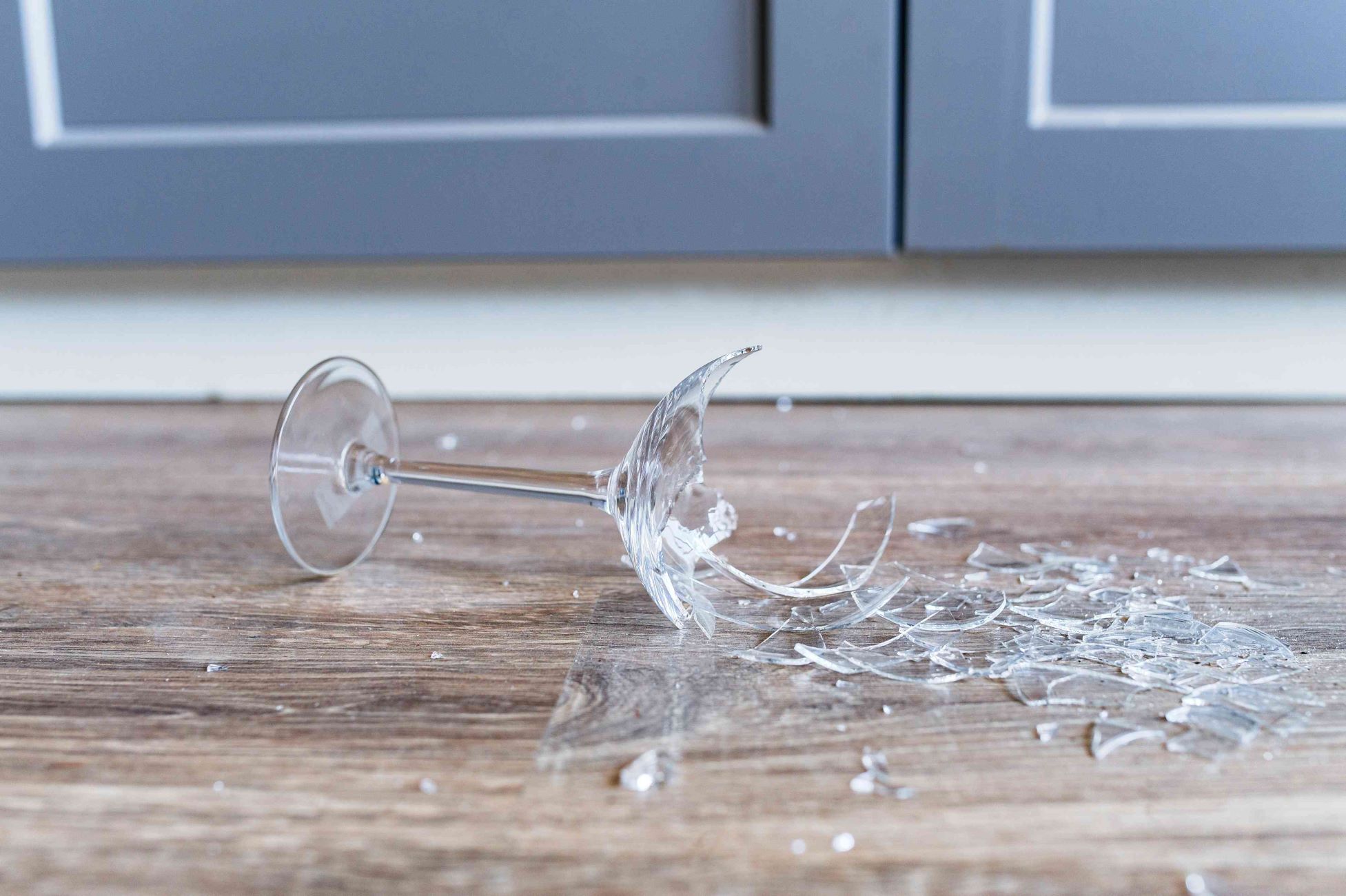
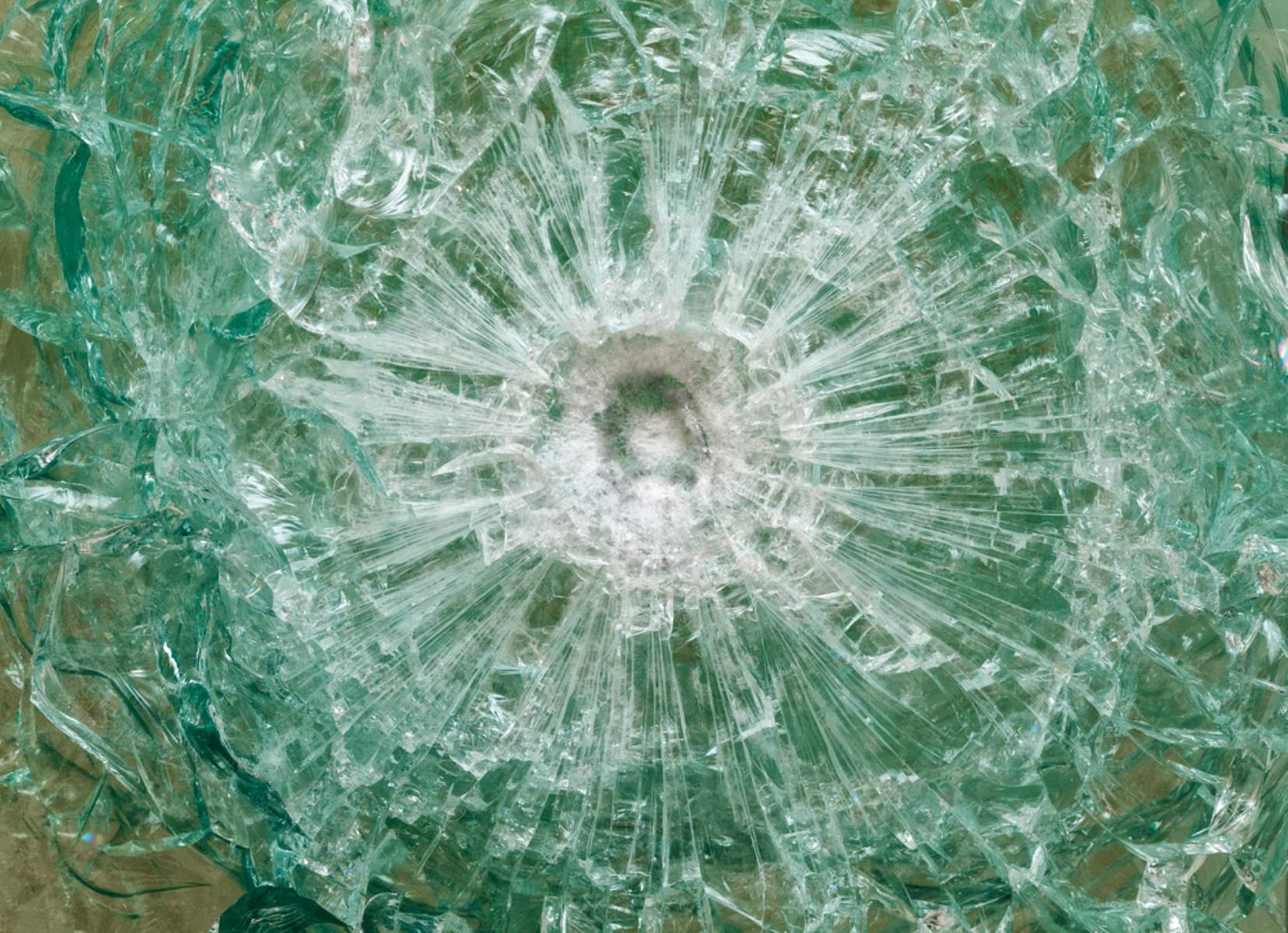
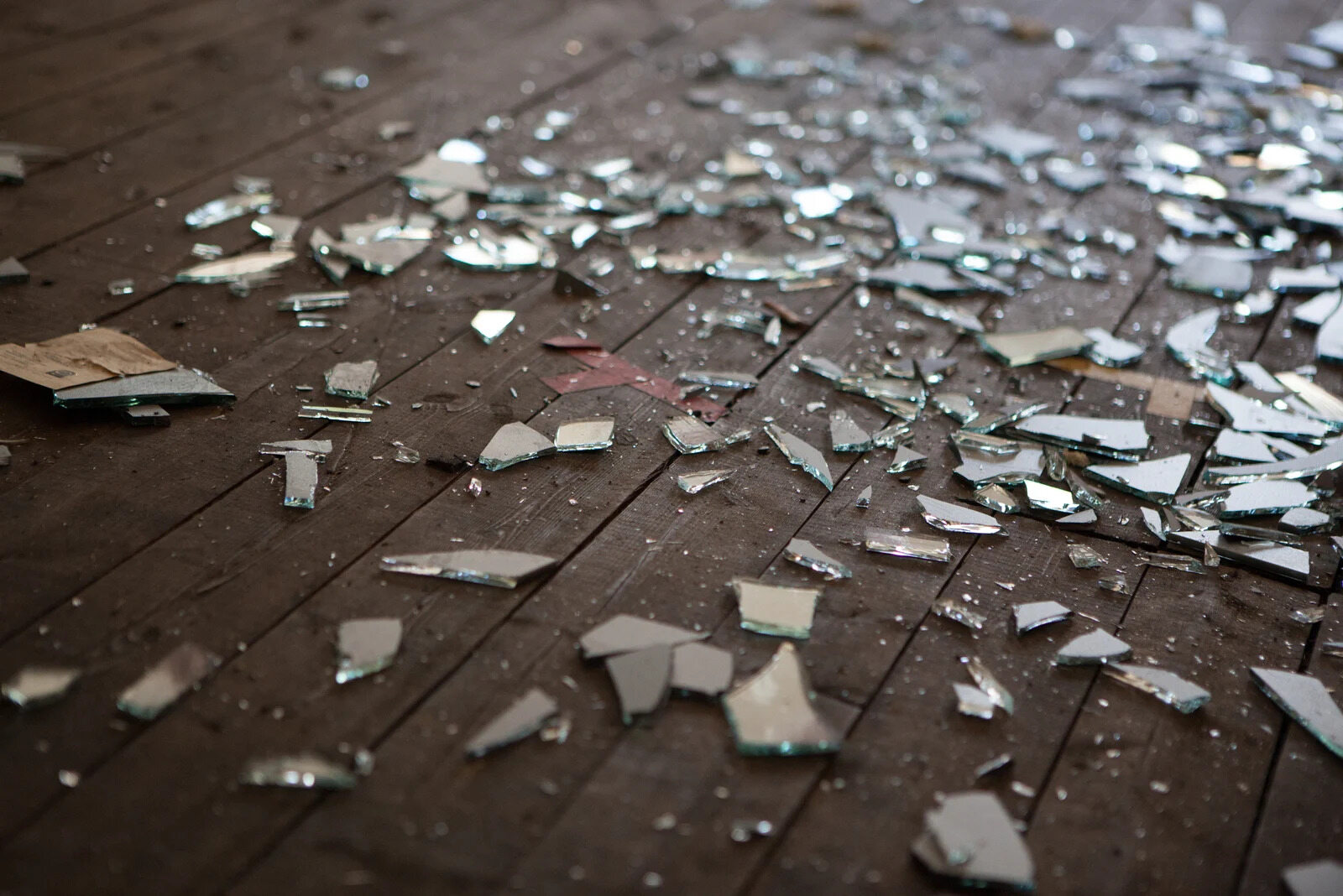
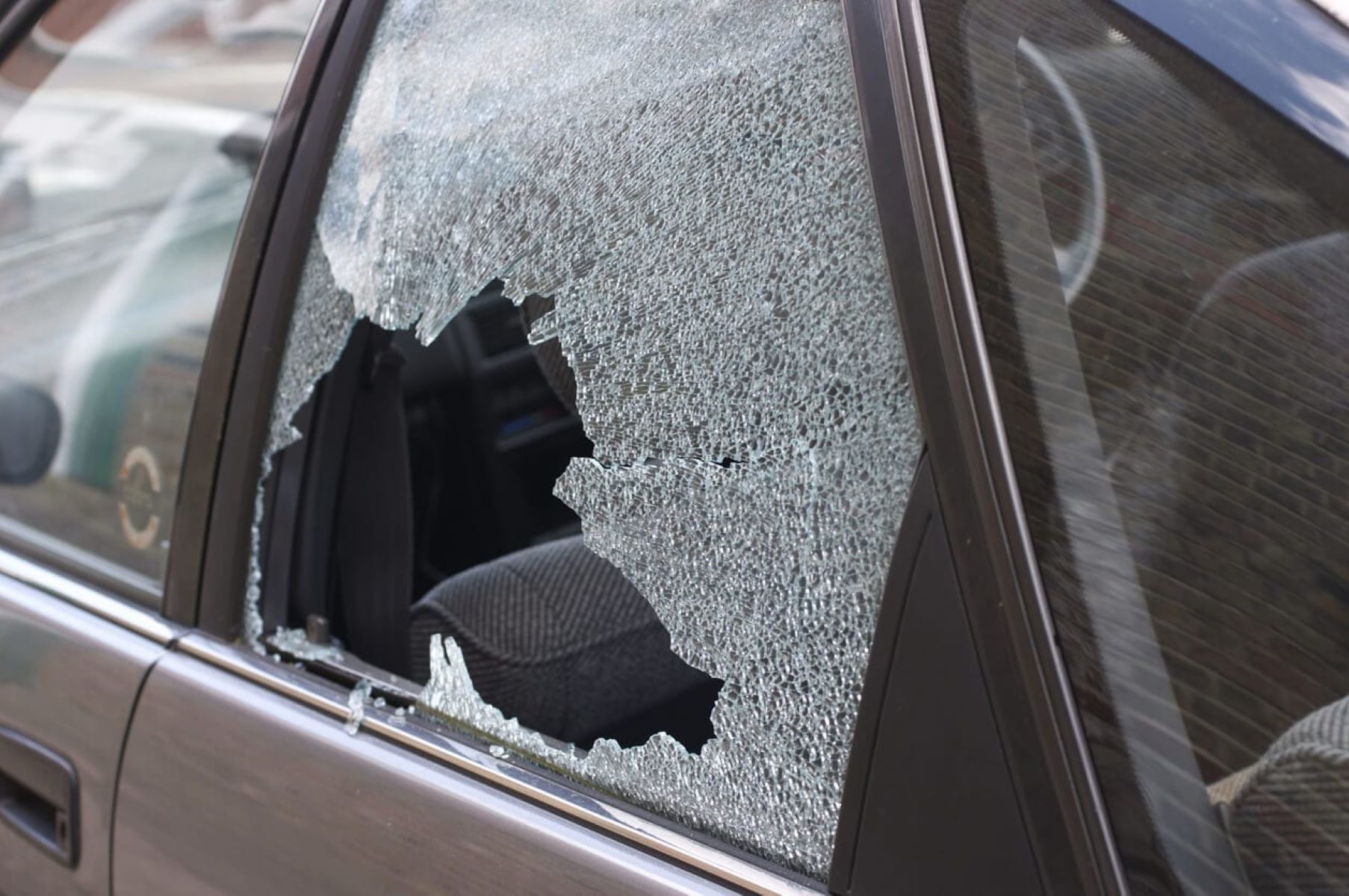
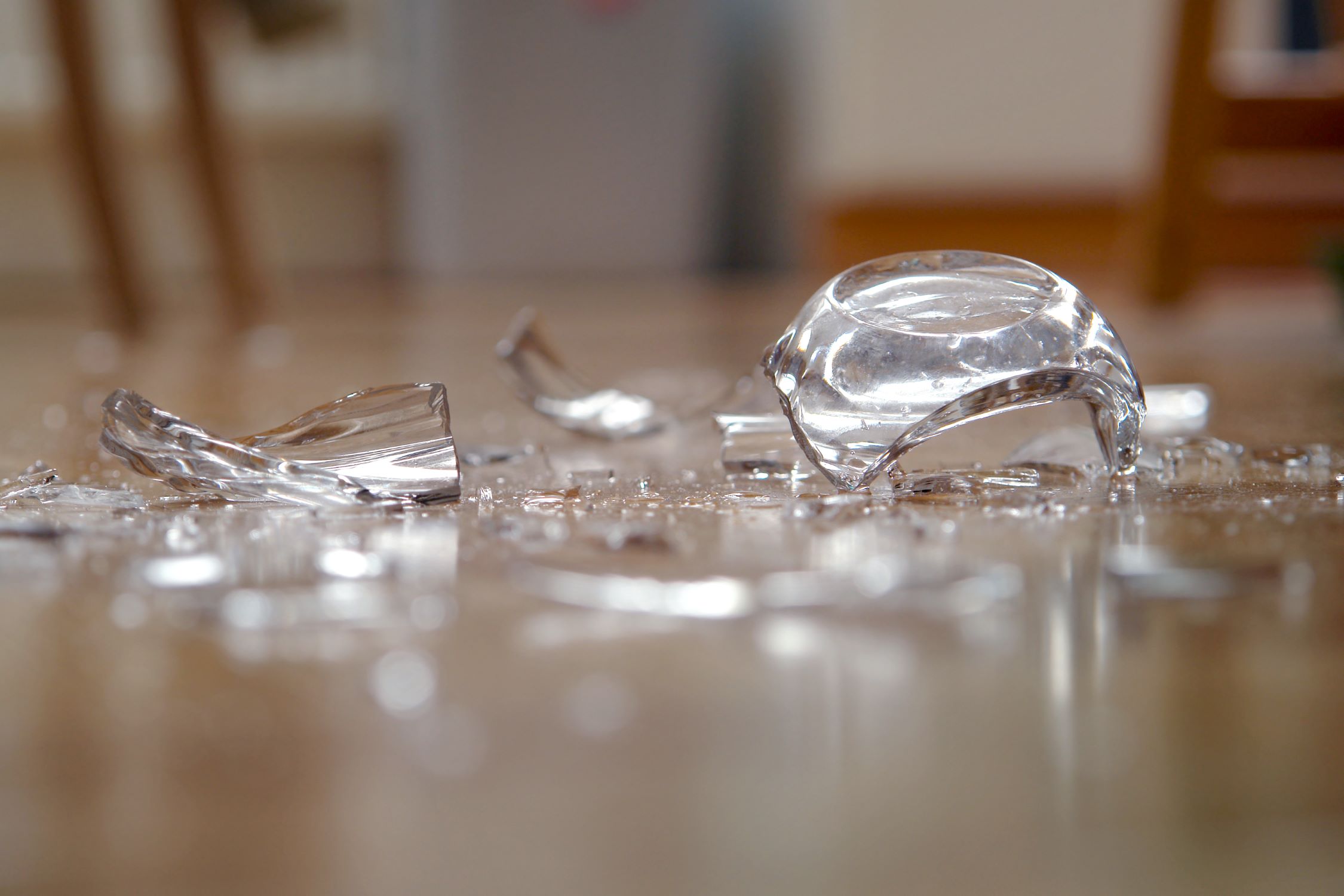
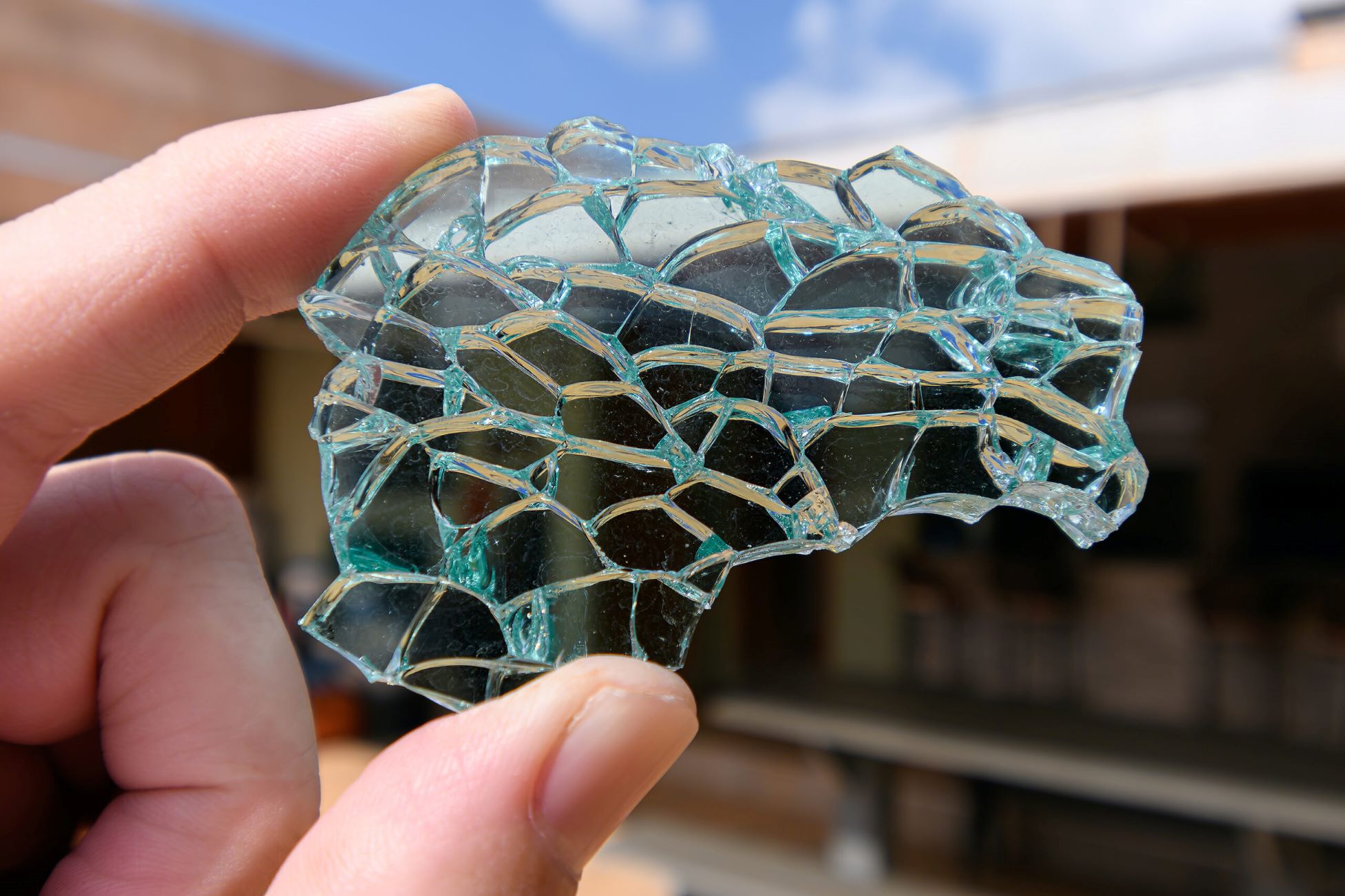
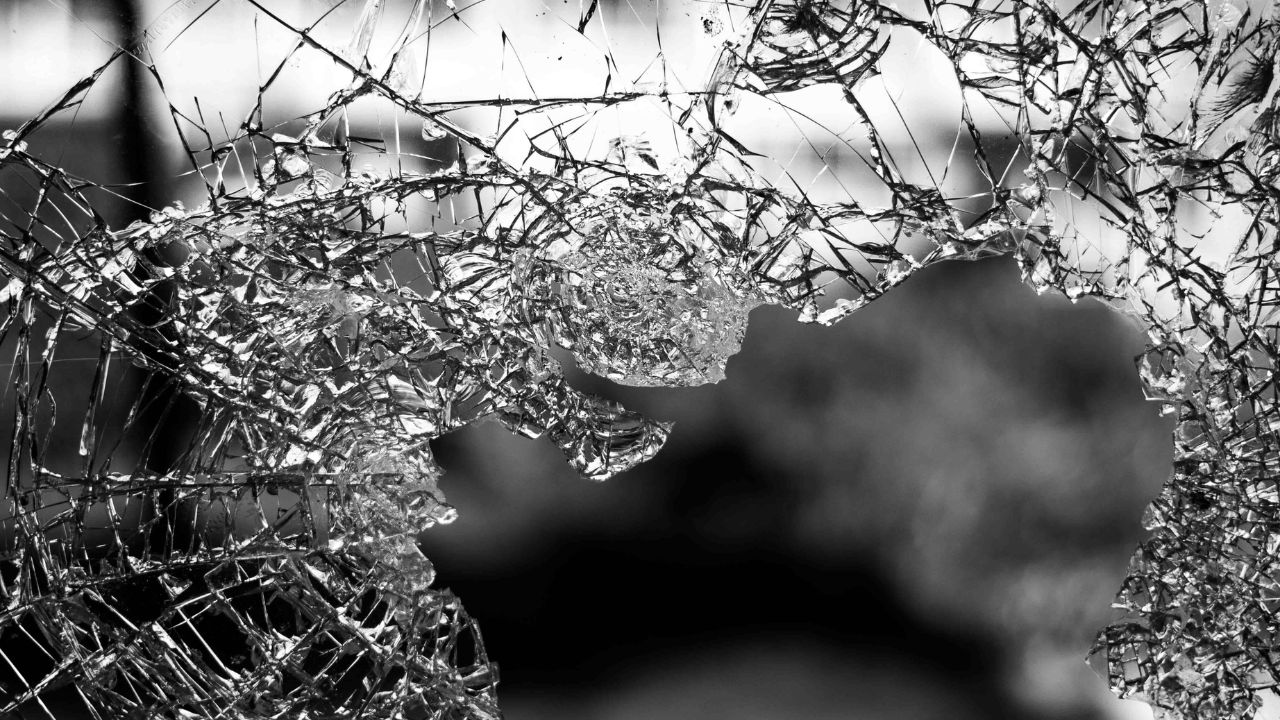
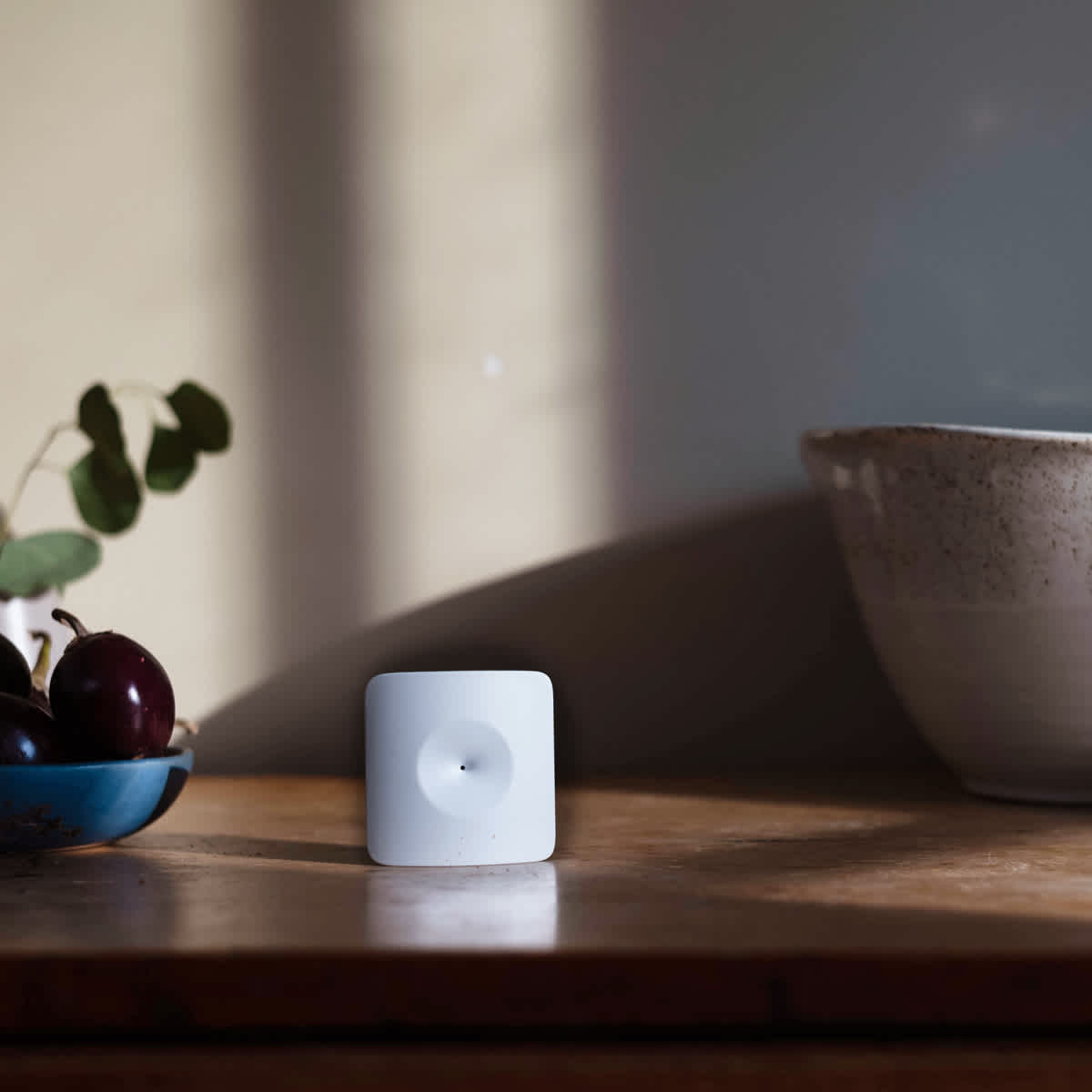
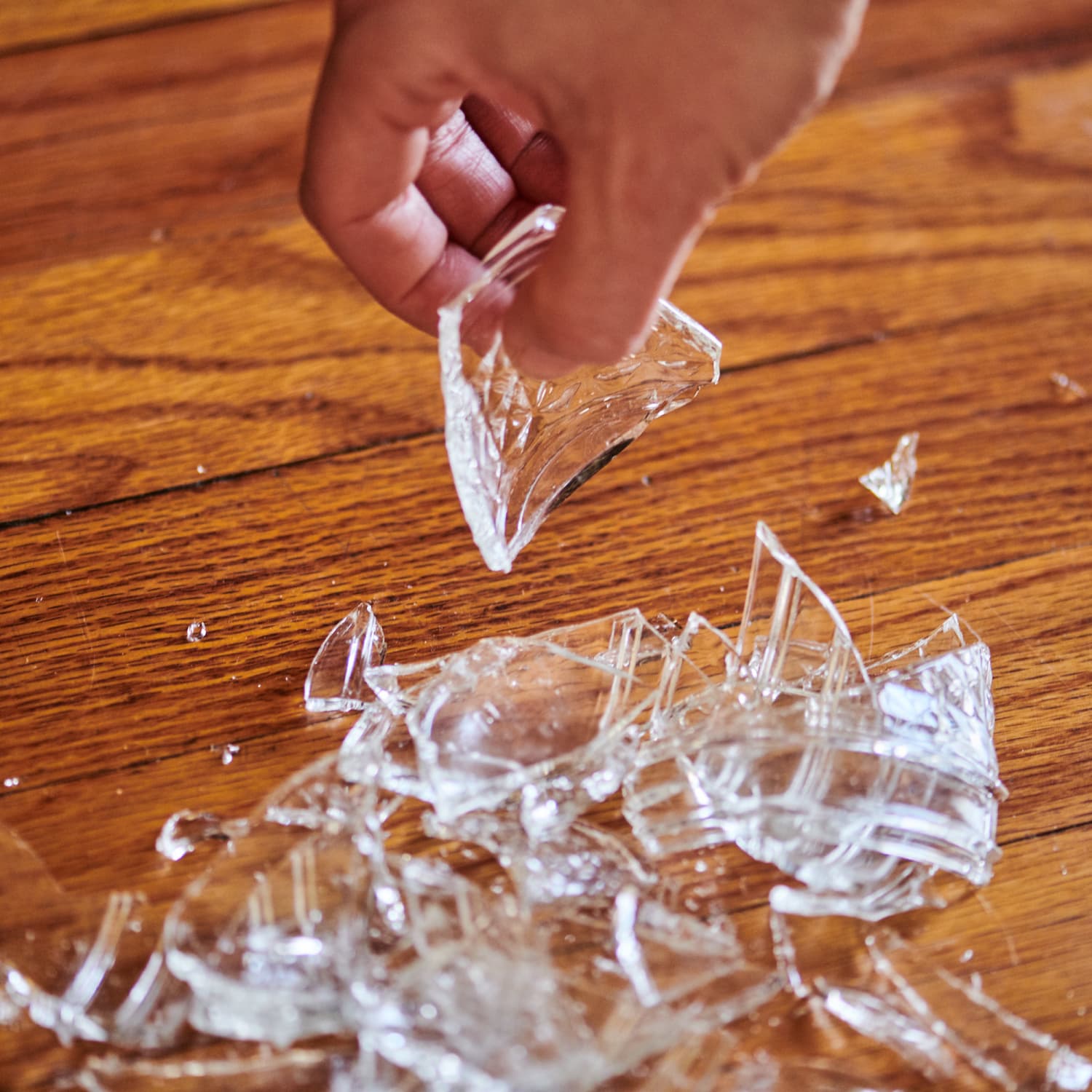

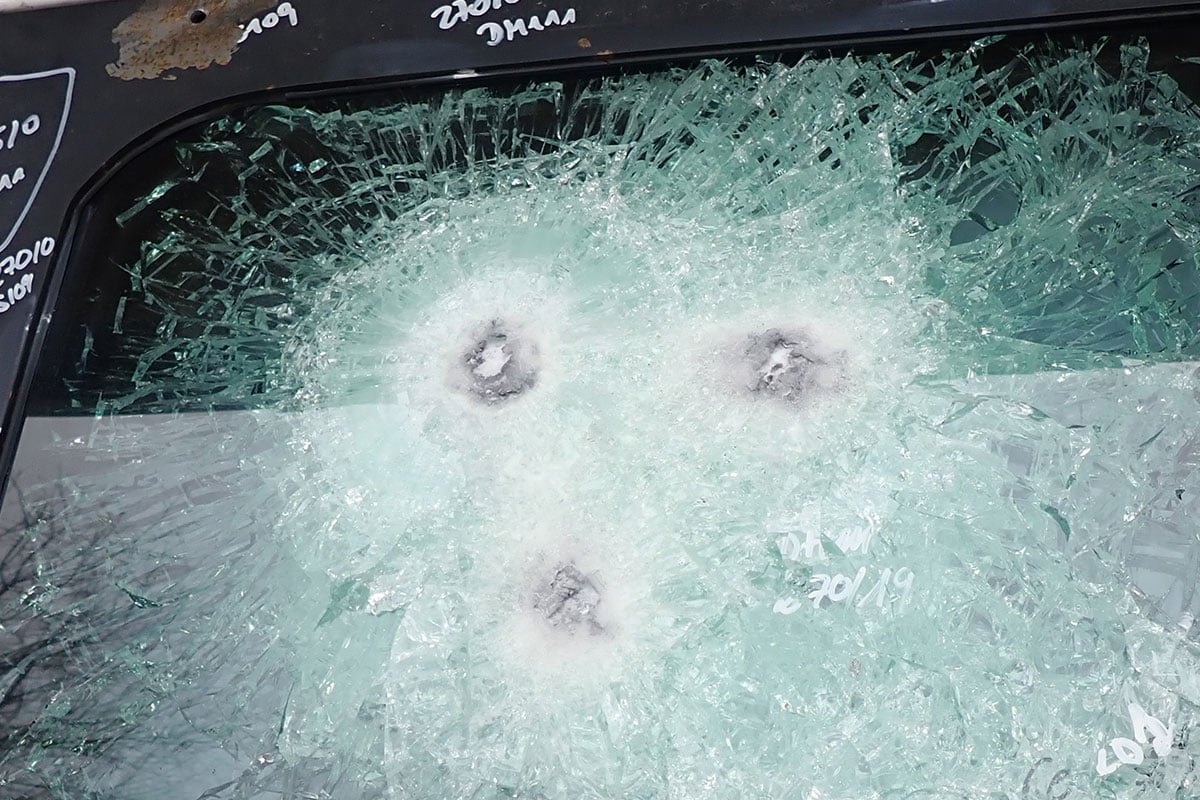
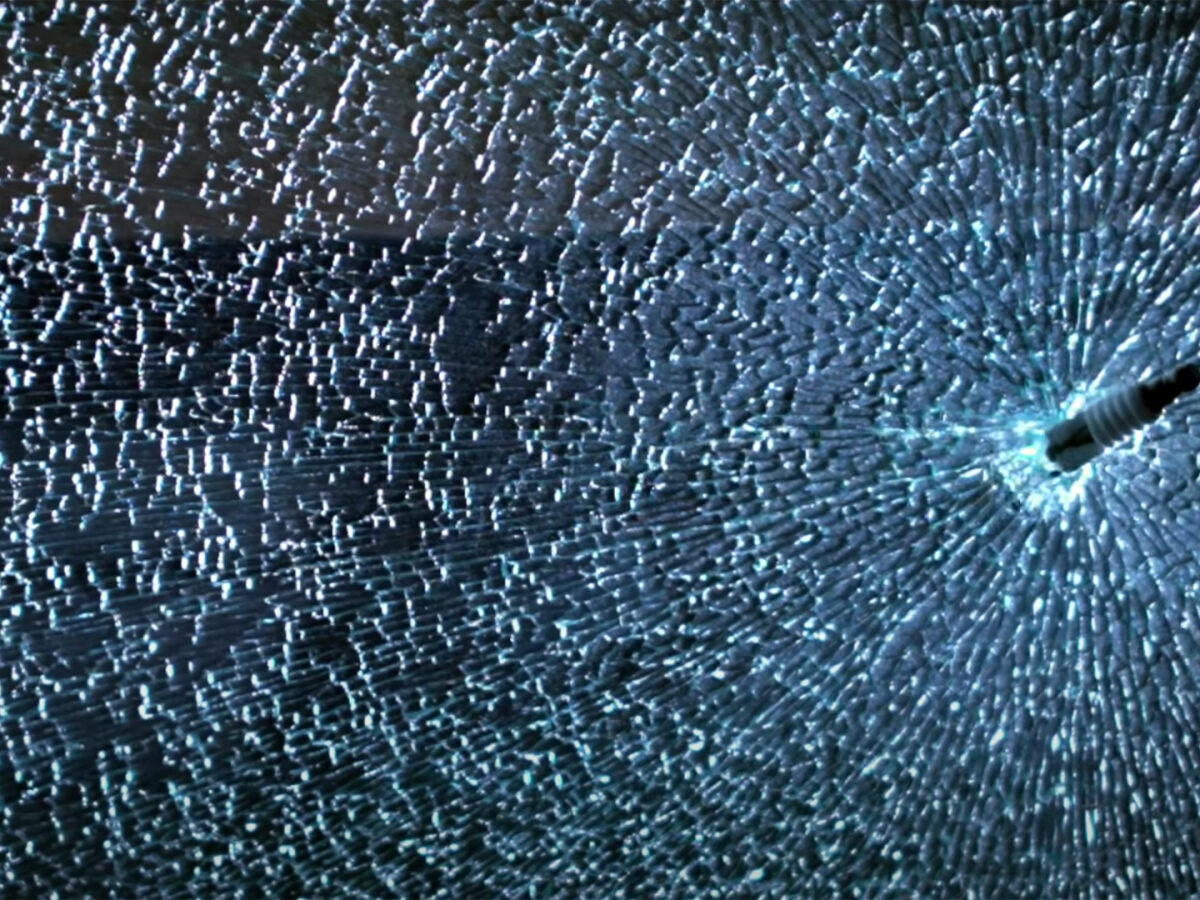
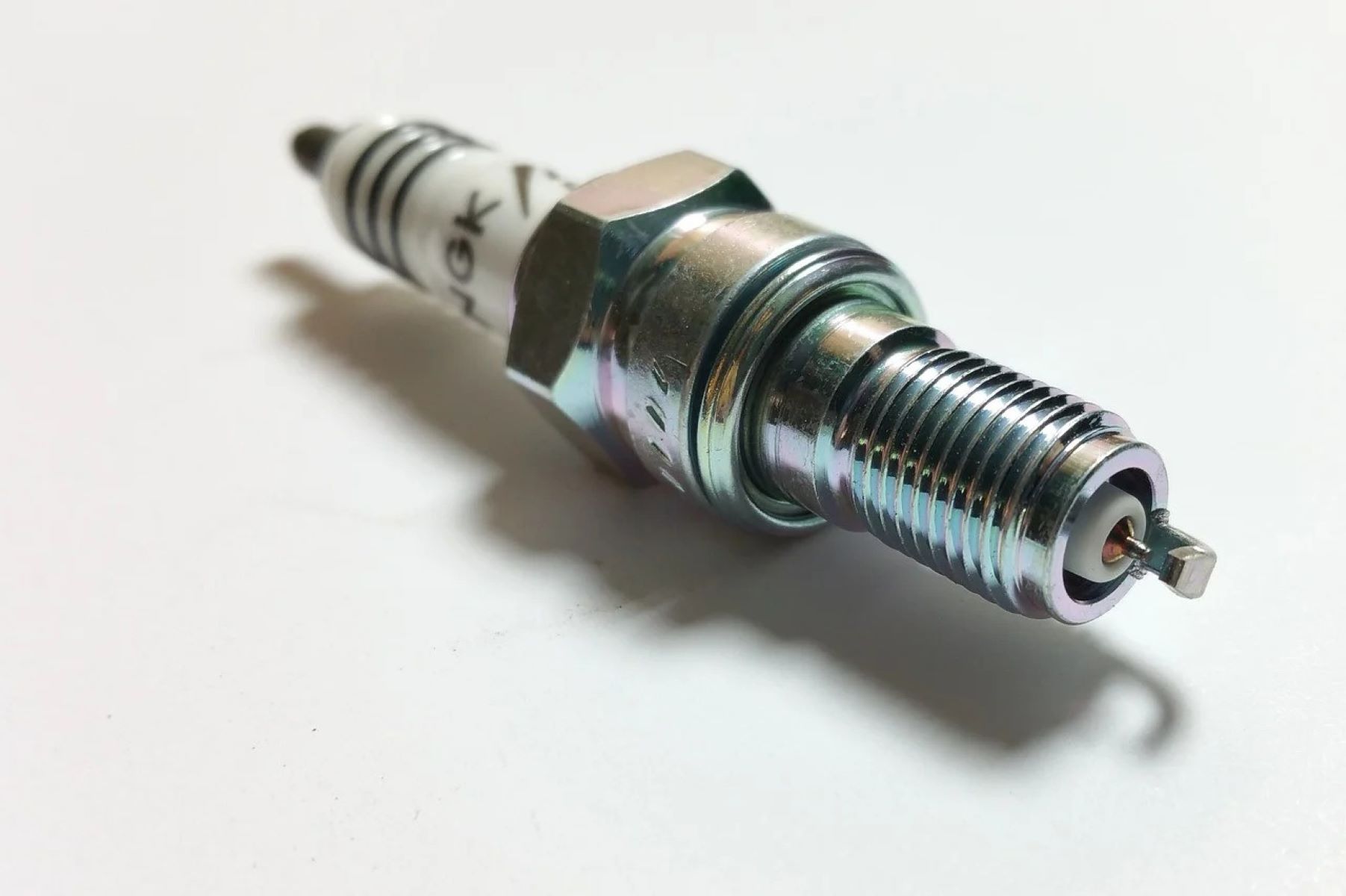

0 thoughts on “What Frequency Does Glass Break”